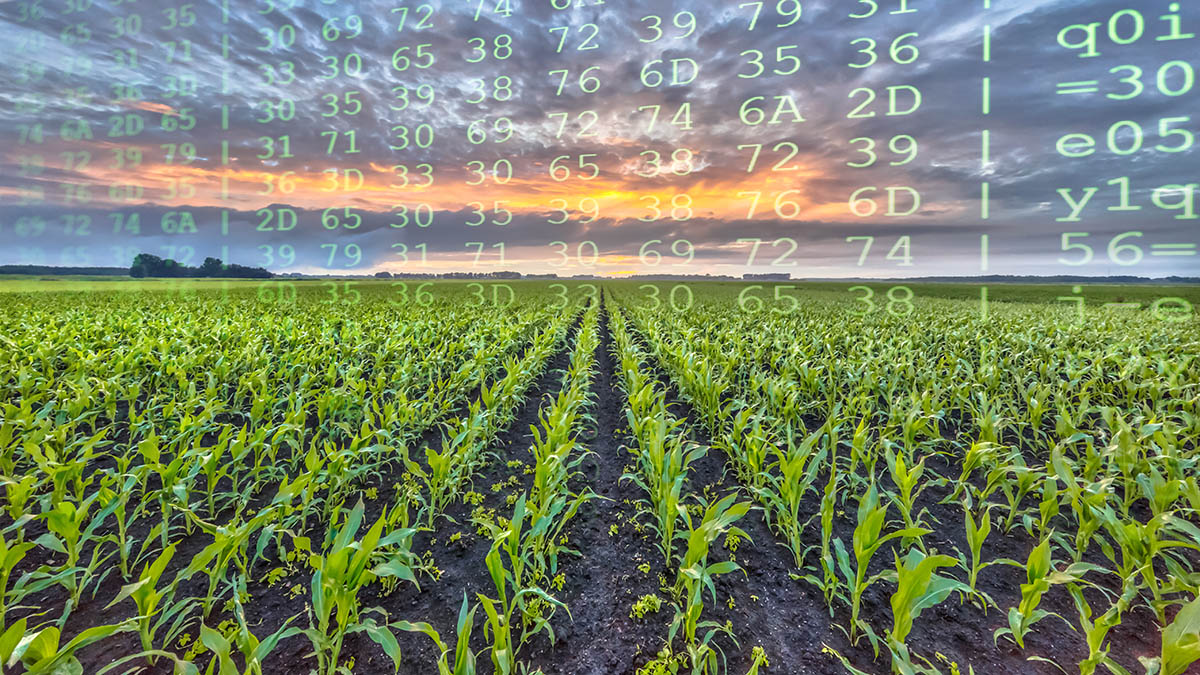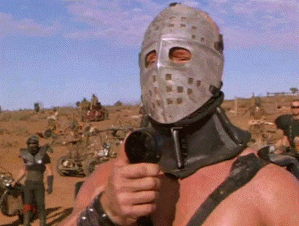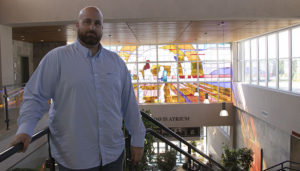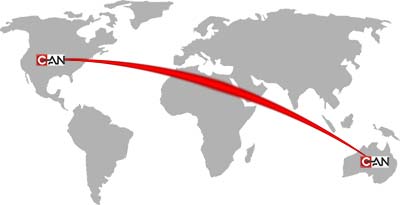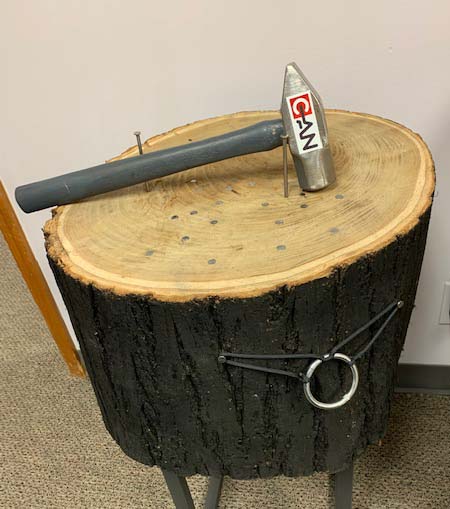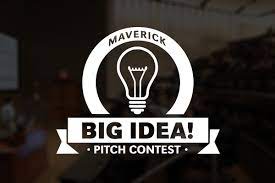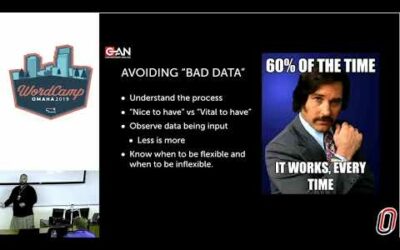As experts in providing mentorship, wisdom, and expertise in helping build out data...
Nate Watson's Posts
read more
Growing profitability with data in the field.
Since human beings began growing crops in a field to establish communities, the mantra...
What does the Post COVID-19 Landscape in business look like?
How will the Post COVID-19 pandemic landscape in business be changed? Are we headed to a...
Using AI to fight scam calls
Artificial Intelligence (AI) is a solution we can build at Contemporary Analysis. One of...
CAN Business Development Officer, Justin Trowbridge, Featured Bellevue Alumni.
Recently our very own Justin Trowbridge was featured in a piece in the Bellevue...
CAN goes Global!
You may remember a few weeks ago we teased something about Australia. Well the cat is...
CAN drops the hammer on the Hammerschlagen Challenge!
When the opportunity came up to buy a Hammerschlagen log our Business Development...
CAN to be a Judge at UNO’s BigIdea! Pitch Contest.
At CAN we spend a lot of time, and I mean a LOT of time kicking around ideas. We are in...
Word Camp 2019 Data Hierarchy Video
The folks at Word Camp Omaha released the video of our presentation this week. If you've...


